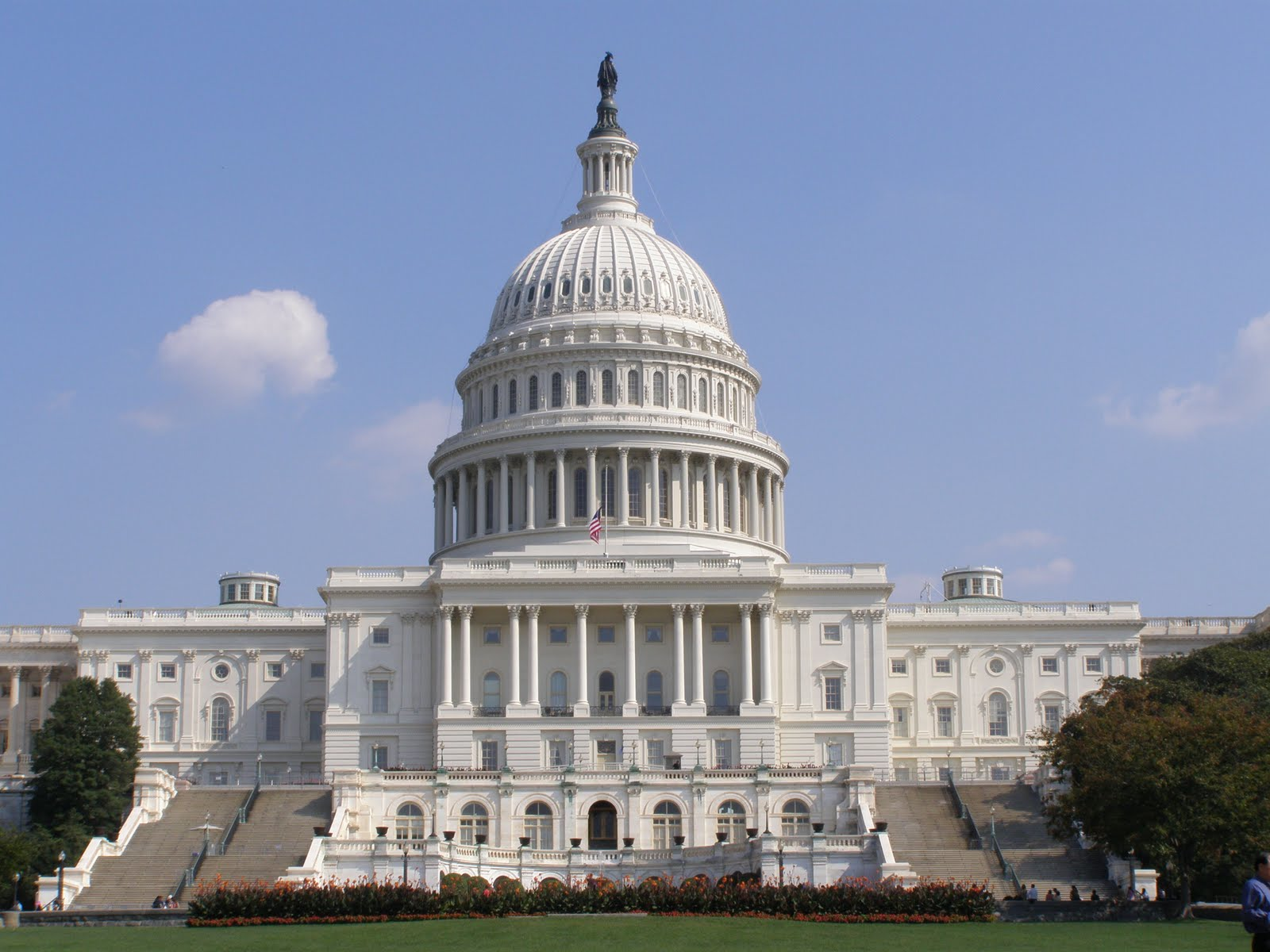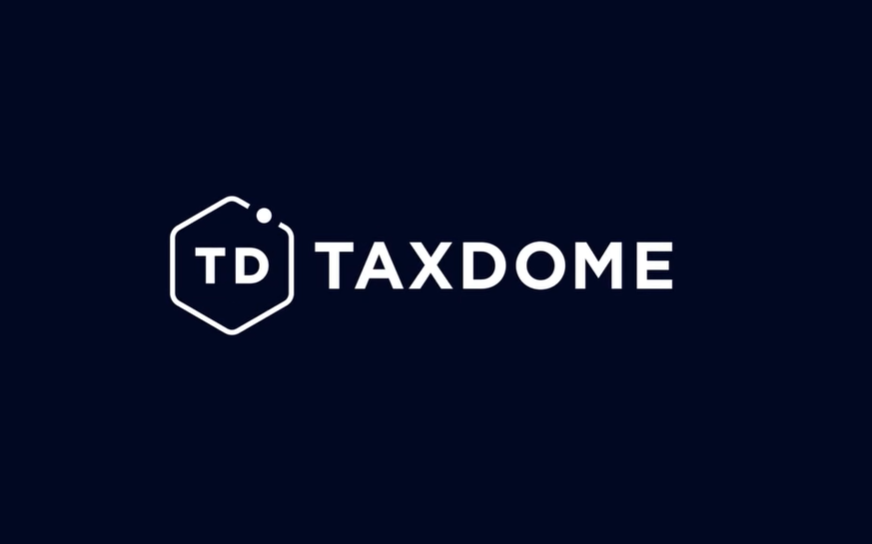The start of a new year is always a time to look forward, both for individuals and for business leaders. With the year also bringing changes in the administration, Paychex, Inc., a provider of technology solutions for human resources, payroll, benefits, and insurance services, surveyed business owners and HR leaers to identify the top 10 regulatory issues that employers should be monitoring in 2021.
The list, compiled annually by the team of regulatory compliance experts at Paychex, includes items that should be top of mind as businessesleaders continue to manage the impacts of the COVID-19 pandemic and plan for the year ahead.
“With a new round of stimulus and the priorities of the incoming Biden administration coming into focus, businesses should be preparing for another year of fast-paced regulatory change,” said Frank Fiorille, vice president and risk, compliance, and data analytics at Paychex. “Our team of 200+ compliance experts are working alongside every federal, state, and local jurisdiction to ensure we understand the spirit and letter of new laws and regulations as quickly as possible and then we use that knowledge to help guide our clients, so they have a clear understanding of how these measures impact their business.”
Here are the top 10 regulatory issues identified for 2021:
#1 COVID-19 Stimulus. On December 27, 2020 the President signed the latest COVID-19 relief bill into law, which includes a new round Paycheck Protection Program (PPP) funding for small businesses, plus a second draw for targeted small businesses. Also included is an extension of the Families First Coronavirus Response Act (FFRCA) tax credits, although employers are no longer required to offer the leave in 2021 – it is voluntary. An extension and expansion of the Employee Retention Credit was also included, which increases the amount of the credit available in 2021 and allows employers that receive a PPP loan to retroactively qualify; however, the credit cannot be applied on the same wages forgiven under the PPP. Both of these items were set to expire on December 31, 2020. Also, beginning in 2021, the collection process for those who chose to defer the employee portion of their social security tax withholdings will begin and new reporting will be required for employers.
#2 Family Leave, Sick Leave, and COVID-19 Leave. 2020 brought a host of legislation related to employee leave that is likely to continue throughout the COVID-19 pandemic and beyond. Last year, employers with 500 or fewer employees became subject to the FFCRA, which provided mandatory paid leave time for workers diagnosed with COVID-19, those caring for a family member with COVID-19, or caring for children whose place of care was closed due to the pandemic. There was a refundable federal tax credit to offset the cost of this required leave. This leave is no longer mandatory for employers beginning in 2021. The new relief package, signed by the President on December 27, 2020, extends the tax credits for the FFCRA leaves, if the employers previously required to offer this leave choose to continue it through March 31, 2021. Certain state and local leave laws may be extended as the pandemic continues. There is also bipartisan interest in a permanent federal paid family leave law, with several proposals expected in the coming year. In addition, many state and local jurisdictions also enacted paid leave laws.
#3 Taxes. A potential increase in IRS enforcement is expected under the Biden administration. Depending on the outcome of Georgia’s two Senate elections, it is also possible there will be some legislative action on tax policy. Another factor at play is if any future COVID-19 stimulus legislation includes provisions for state and local funding. States may increase tax enforcement as well as introduce or increase taxes to balance COVID-impacted budgets. Additionally, depletion of state trust funds with the recent high unemployment levels could result in increased tax rates and potential surcharges for employers if states attempt to replenish funds without additional federal stimulus funds.
#4 Workplace Safety/OSHA. Over the past nine months, President-elect Biden has repeatedly advocated for the creation and enforcement of an “Emergency Temporary Standard” regarding COVID-19. Current OSHA language on COVID-19 violations is not specific and enforcement has varied considerably across the country. Four states (California, Michigan, Oregon, and Virginia) have already implemented emergency standards, and a new national standard will likely adopt similar requirements for employers such as the development of an exposure control plan, stricter implementation controls, maintaining of records, and the effective training of employees. Once a national emergency standard is in place, greater enforcement and accountability can be expected. As the COVID-19 vaccine becomes more widely available, considerations on state requirements, including whether employers can mandate that employees get vaccinated, will also come into play. To prepare, businesses should ensure their safety policies and procedures are compliant with the current state, local, and CDC guidelines.
#5 Future of Work. The COVID-19 pandemic brought telework opportunities and challenges to the forefront for many businesses, as many employees moved quickly to remote work settings. As employers consider integrating work from home policies on a more permanent basis, they must examine any compliance challenges to these arrangements. Tax compliance if an employee’s home is in a different location than the employer’s place of business is one such example. While some states gave reprieve from businesses establishing tax authority based on the employee’s home location as a result of the pandemic, that relief was not permanent. Employers should also consider any wage/hour issues for non-exempt employees and how they will track hours. Workers’ compensation obligations still apply for remote workers, but rules can be complex.
#6 Health Care Reform. Even as President-elect Biden seeks to establish a pro-Affordable Care Act (ACA) administration, the U.S. Supreme Court is reviewing California v. Texas, a case challenging the constitutionality of the ACA’s Individual Mandate provision and the entire law. The court heard oral arguments in November, but a decision is not expected until late spring 2021. Currently, the ACA remains in effect and continues to be the law of the land, including the employer shared responsibility provision. To protect health insurance markets and preserve ACA consumer protections, many states passed or considered legislation to incorporate certain ACA provisions into state law, including state-level health insurance mandates, pre-existing condition exclusion prohibitions, and essential health benefits coverage requirements. Additionally, President-elect Biden is expected to pursue administrative action to strengthen the ACA which could include undoing or revising Trump administration regulations or guidance regarding Association Health Plans (AHPs), short-term limited duration plans, Individual Coverage Health Reimbursement Arrangements (ICHRAs), and State Innovation (1332) waivers.
#7 Joint Employment. The franchise community, subcontractors, and other similar working arrangements were impacted by the U.S. Department of Labor’s (DOL) Joint Employer rule released in 2020 revising the agency’s regulations interpreting joint employer status under the Fair Labor Standards Act (FLSA) and clarifying when an employer can be held jointly liable for federal wage and hour obligations to the employee. However, critical portions of the new rule were soon struck down in federal court, determining the rule inappropriately narrowed the definition of joint employer, leaving employers awaiting the outcome of the Trump administration’s appeal of the ruling or potential action by the new administration to broaden the definition of joint employer liability. Employers should also watch for the National Labor Relations Board (NLRB) to consider changes to their own recently adopted final joint employer rule.
#8 Worker Classification. A focus on worker classification did not end with a new test for covered employers in California under AB5, enacted last January. Enforcing agencies, the courts, and legislatures at the federal, state, and local level are expected to continue to address this complex issue in response to worker challenges in many industries. The DOL Wage and Hour Division is expected to soon finalize their proposal addressing worker classification under the FLSA. As proposed, the rule would make it easier for employers to classify workers as independent contractors under federal wage and hour law and therefore exempt from certain benefits available to employees; however, the future of the rule is uncertain under the incoming Biden administration. While a significant development, other tests for worker classification enforced by other agencies, for example, the IRS and the NLRB, as well as many state and local laws and regulations, will continue to apply, and others are likely to be introduced in 2021. Penalties for worker misclassification continue to have a significant financial impact on employers of all sizes.
#9. Retirement. With the passage of the SECURE Act in December 2019, one of the most impactful provisions allows employers of unrelated businesses to band together under one pooled employer plan (PEP) to expand the availability of retirement plans to participants. PEPs allow businesses to reduce some of their fiduciary burdens by shifting many administrative duties, including delivering participant notices and government filings, to the Pooled Plan Provider. Also, the recently passed COVID-19 relief bill includes partial retirement plan termination relief as well as non-COVID Federal Disaster Tax Relief. Finally, to expand on the growing concerns over retirement savings inadequacy, there are pieces of bipartisan legislation that propose the following:
- SECURE 2.0 – Provisions may include increased and expanded tax credits for small employers offering/starting retirement plans, required auto-enrollment retirement plans for 10 or more employees, further increase of the Required Minimum Distribution (RMD) age, and student loan repayments;
- SAVERS Act – Includes raising retirement plan contributions limits by 300 percent.
Finally, in an effort to increase retirement saving availability, several states have either recently adopted a state-based program or have one in the works.
#10 Marijuana Legalization. State and local jurisdictions are expected to continue to enact legislation to address decriminalization of marijuana, recognition of medical marijuana use, and/or legalization of recreational marijuana. As part of the November 2020 election, voters in several states chose to legalize marijuana for medical use (Mississippi and South Dakota) and recreational use (Arizona, New Jersey, South Dakota, and Montana). In addition to marijuana legalization, Oregon decriminalized the possession of small amounts of all drugs. Employers should stay apprised of these developments and consider adjusting their risk mitigation strategies, including workplace policies to allow for accommodations where applicable for the lawful use of marijuana for medicinal purposes and the parameters of existing drug testing programs, as well as any potential impacts to workers compensation coverage.
For more information on 2021’s top 10 regulatory issues, visit: www.paychex.com/articles/compliance/top-regulatory-issues.
For up-to-date regulatory news and resources from Paychex, visit the Paychex Knowledge Center.
Thanks for reading CPA Practice Advisor!
Subscribe Already registered? Log In
Need more information? Read the FAQs
Tags: Benefits




